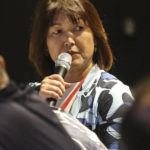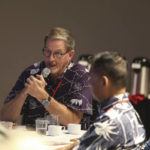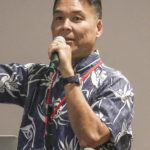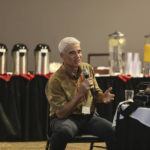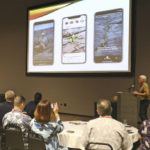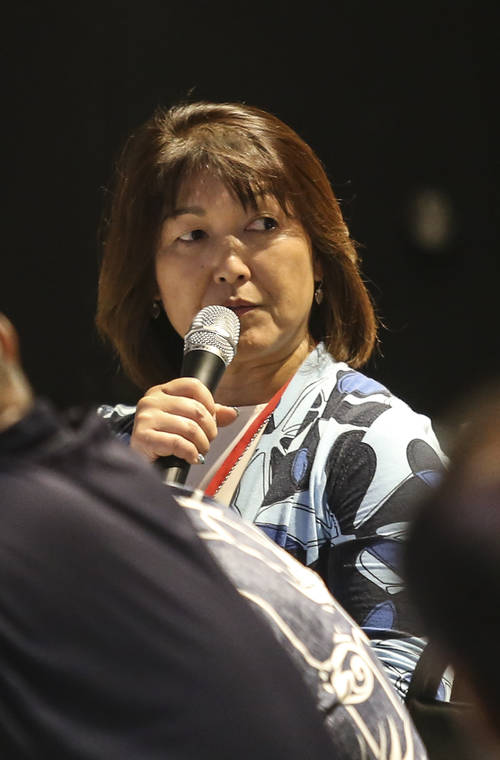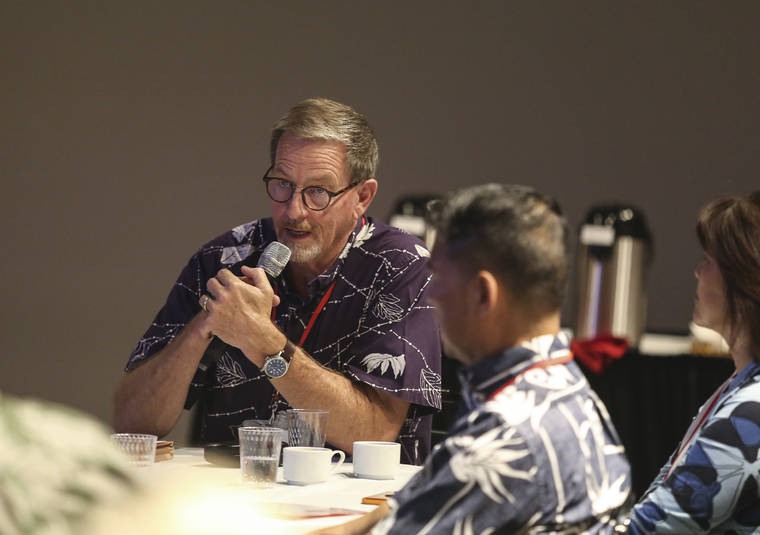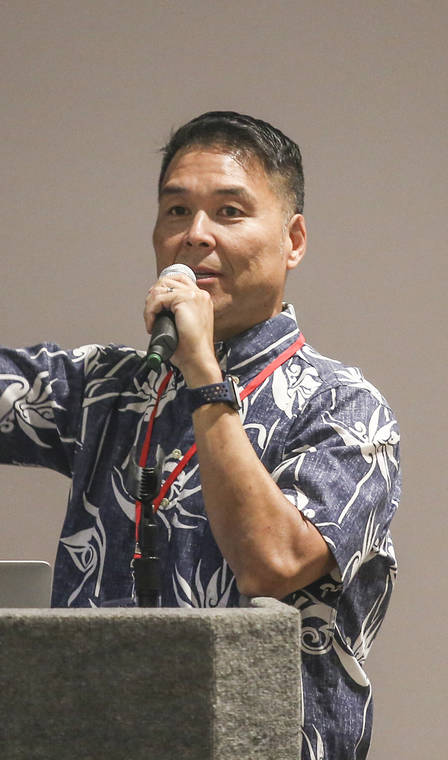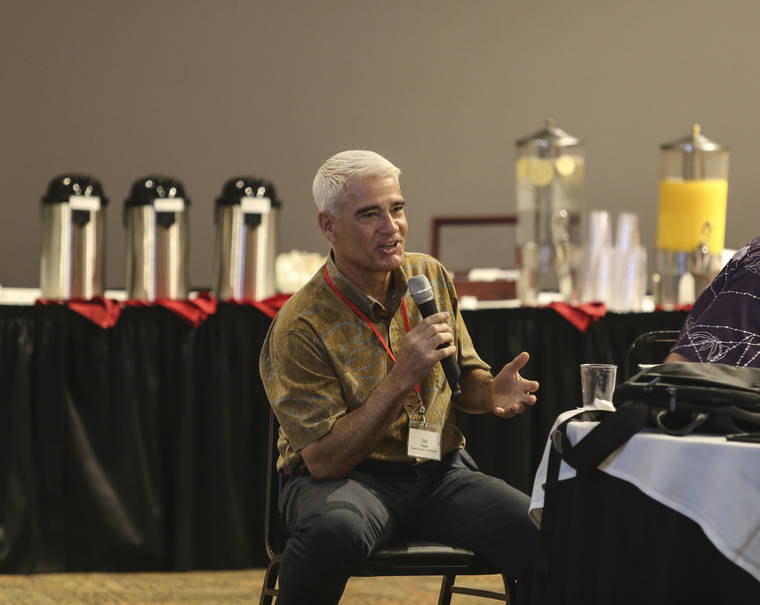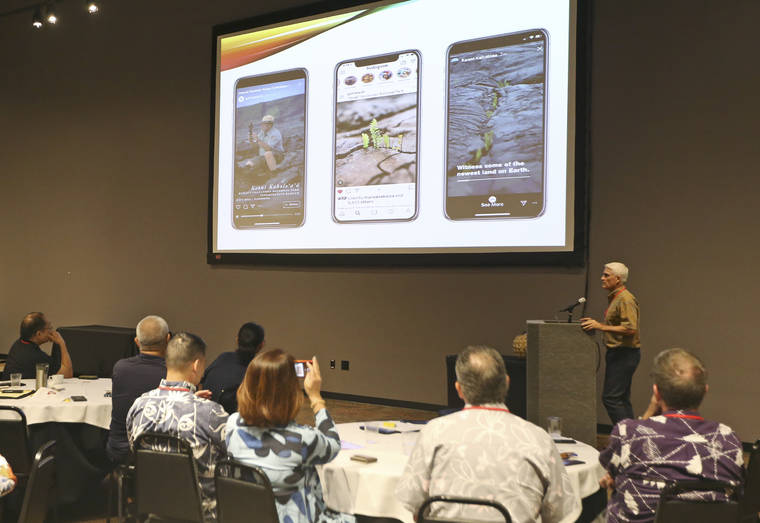Hawaii’s volcanoes are no longer the Big Island’s chief selling point for tourism marketing after the Kilauea eruption.
During a presentation Wednesday in Hilo by the Hawaii Tourism Authority, tourism officials explained how they fought the post-eruption decline of visitors and how they intend to market the island going forward.
With liquid lava now absent from the surface of the island, it no longer makes sense to market Hawaii Island as “The Volcano Island,” said Jay Talwar, senior vice president of Hawaii Tourism United States.
Instead, the new paradigm for the island’s marketing will be “The Island of Endless Adventures.”
As such, Talwar said marketing campaigns on the mainland will attempt to attract “avid explorers,” visitors drawn to natural experiences such as hiking, camping and other activities. The tourism agency also is working with social media “influencers” to broaden awareness of the island’s attractions, and partnering with Equinox Fitness, a luxury fitness company.
“We need to expand our brand from the one-legged stool of the volcano,” Talwar said.
He presented several ads for the Big Island that have run on social media sites, all of which focus on the natural beauty of the island while downplaying the existence of the now-quiet volcanoes, beyond shots of cooled pahoehoe flows.
Fortunately, Talwar said mainland visitors to the Big Island have already nearly returned to the levels they were at immediately before the eruption began last year, although he noted with some chagrin that West Hawaii’s visitor numbers are recovering much faster than Hilo.
Japanese tourism to Hawaii Island remains down, however. Eric Takahata, managing director of Hawaii Tourism Japan, said visitors from Japan account for about 8% of total visitors to the island compared to the mainland’s east and west markets, which each account for a quarter or more of all visitors.
Takahata attributed the decline to a tendency among Japanese travelers to be extremely cautious, compounded by a host of misinformation surrounding the extent of the eruption.
Takahata and Talwar said their respective divisions of the HTA spent more than $1 million on a variety of ad campaigns on the mainland and in Japan to set would-be travelers’ minds at ease about Hawaii’s safety. Takahata said Hawaii Tourism Japan ran a full-page ad in the Yomiuri Shimbun, the largest newspaper in Japan, explaining the geography and attractions of the island and the effects of the eruption.
Other television and online ads were broadcast around Japan, including in transit hubs and on video screens inside taxi cabs.
On the U.S. mainland, Talwar said press campaigns led to a spate of articles in national news outlets repeating the logline “there has never been a better time to visit Hawaii.” Such outreach eventually helped convince Norwegian Cruise Lines to resume service to the island.
For the remainder of the year, both branches of the tourism authority will focus on similar campaigns emphasizing the experience of exploring the island, including a bus tour to several West Coast trade events in September.
Email Michael Brestovansky at mbrestovansky@hawaiitribune-herald.com.
